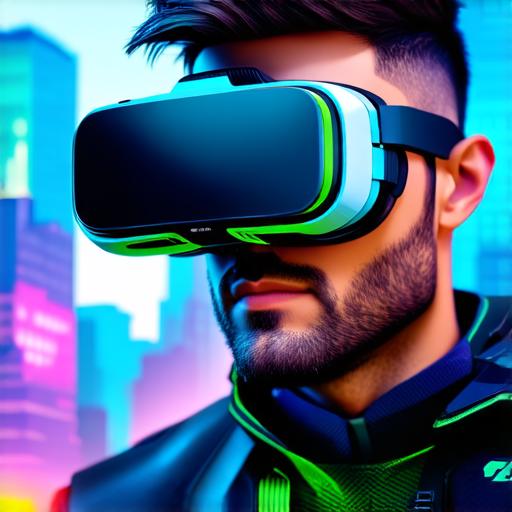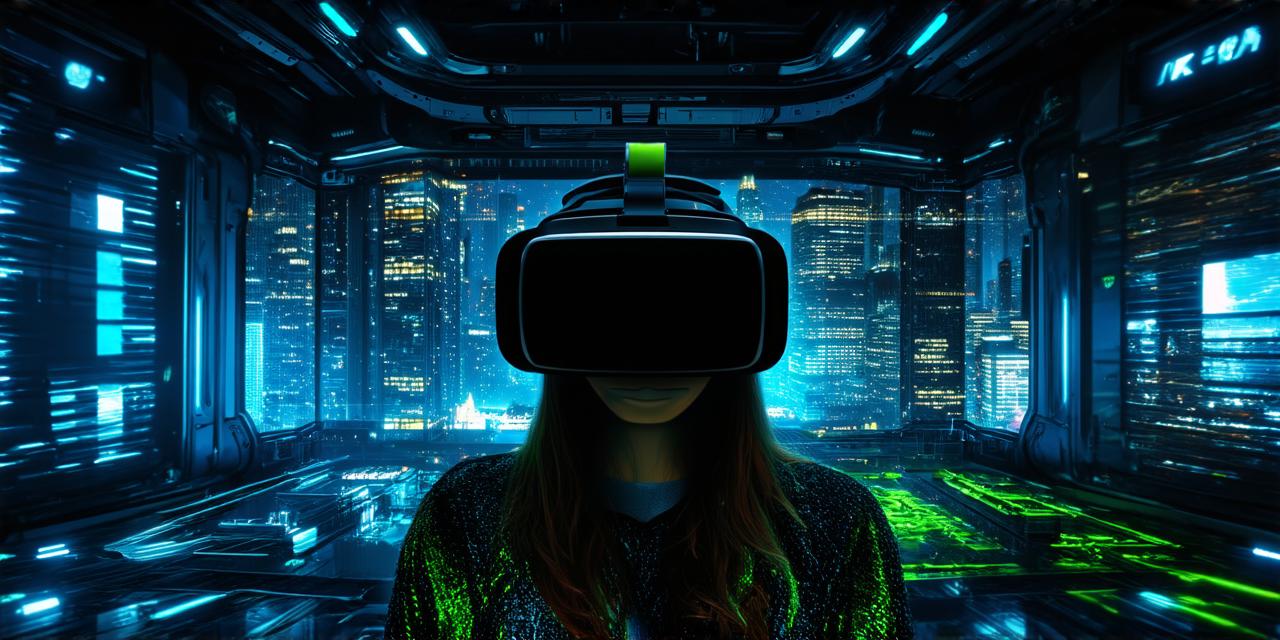Virtual Reality (VR) technology has been around for quite some time, but it hasn’t gained as much popularity as it should have. In this article, we will explore some of the reasons why VR hasn’t become more widely adopted and what can be done to change that.
One of the primary reasons why VR hasn’t become more popular is cost. The equipment required for a full VR experience, such as headsets, sensors, and computers, can be quite expensive. Additionally, the cost of creating VR content can also be high, which makes it less accessible to businesses and individuals looking to enter the market.
Another reason why VR hasn’t gained more popularity is limited content. While there are a few games and experiences available, the selection is still quite small compared to other forms of entertainment like movies or TV shows. This lack of variety can make it difficult for people to justify investing in VR equipment if they don’t have access to the kind of content they want.
Motion sickness is another factor that may prevent people from adopting VR technology. Many people experience motion sickness when using VR, which can be a significant barrier to adoption. The disconnect between what the user sees and feels in real life can cause nausea and dizziness, making it difficult for them to enjoy the experience.
Virtual reality technology is complex and requires a certain level of technical expertise to use effectively. This can be off-putting for some people, who may feel intimidated by the learning curve involved in setting up and using VR equipment. Additionally, the complexity of creating VR content can make it more difficult for smaller businesses or individuals to enter the market, further limiting its potential reach.

Finally, virtual reality has competition from other emerging technologies like augmented reality (AR) and artificial intelligence (AI). These technologies have different applications and may be better suited to certain industries or use cases, making it difficult for VR to gain a foothold in the market. For example, AR technology can be used for marketing and advertising, while AI technology can be used for data analysis and machine learning.
Despite these challenges, there are steps that can be taken to increase the popularity of virtual reality. One option is to continue investing in research and development to improve the technology and make it more accessible and affordable. This could include developing new ways to create content or improving the hardware used for VR experiences.
Another solution is to focus on developing new use cases for VR that go beyond gaming and entertainment. Virtual reality has the potential to revolutionize industries like education, healthcare, and manufacturing, making it a valuable tool for businesses and individuals looking to improve their workflows or enhance customer experiences. For example, VR can be used for training medical professionals, simulating complex machinery in manufacturing, or creating virtual classrooms.
Finally, there needs to be more education and awareness about virtual reality technology and its benefits. Many people are still not aware of the full range of possibilities offered by VR, which can make it difficult for them to fully appreciate its potential value. By increasing awareness and understanding of VR technology, businesses and individuals may be more likely to invest in the technology and explore its applications.
In conclusion, virtual reality has the potential to transform various industries and improve our lives in countless ways. However, its limited popularity can be attributed to a combination of factors, including cost, limited content, motion sickness, complexity, and competition from other emerging technologies. By investing in research and development, developing new use cases, and increasing awareness and understanding of VR technology, we can work towards making virtual reality more accessible and widely adopted. As virtual reality continues to evolve, it has the potential to revolutionize various industries and change the way we interact with technology.




